The rarest of the four British Cosmia species, the White-spotted Pinion underwent a rapid decline as a result of Dutch elm disease during the 1970s and is now scarcely distributed in parts of southern England.
Overwinters as an egg, probably on the foodplant. The green caterpillars have pale stripes and feed from April to mid-June and are said to be more frequent on epicormic growth. Pupates in a cocoon between spun leaves or on the bark.
The male moths will come readily to light, arriving from about 10:30 pm onwards but females are less frequently seen.
Flight Season
Flies from late July to late August, rarely to mid-September, in one generation. Peak numbers are early August.
Size and Family
- Family - Noctuidae
- Small Sized
- Wingspan Range - 29-36mm
Conservation status
- UK BAP: Priority Species
- Red Data Book. Formerly Nationally Scarce A
Caterpillar Food Plants
English Elm (Ulmus procera) and Small-leaved Elm (U. minor), formerly reported from Wych Elm (U. glabra)
Habitat
Woodland, copses and shelterbelts.
Distribution
- Countries – England
- Mainly centred on eastern England, being found in Bedfordshire, Cambridgeshire, Huntingdonshire and Essex. Recently found at a single site in Worcestershire.
- Distribution Trend Since 1970’s = Britain: Declining
Factsheets
-
White-spotted Pinion Priority Species Factsheet
pdf 577.26 KB
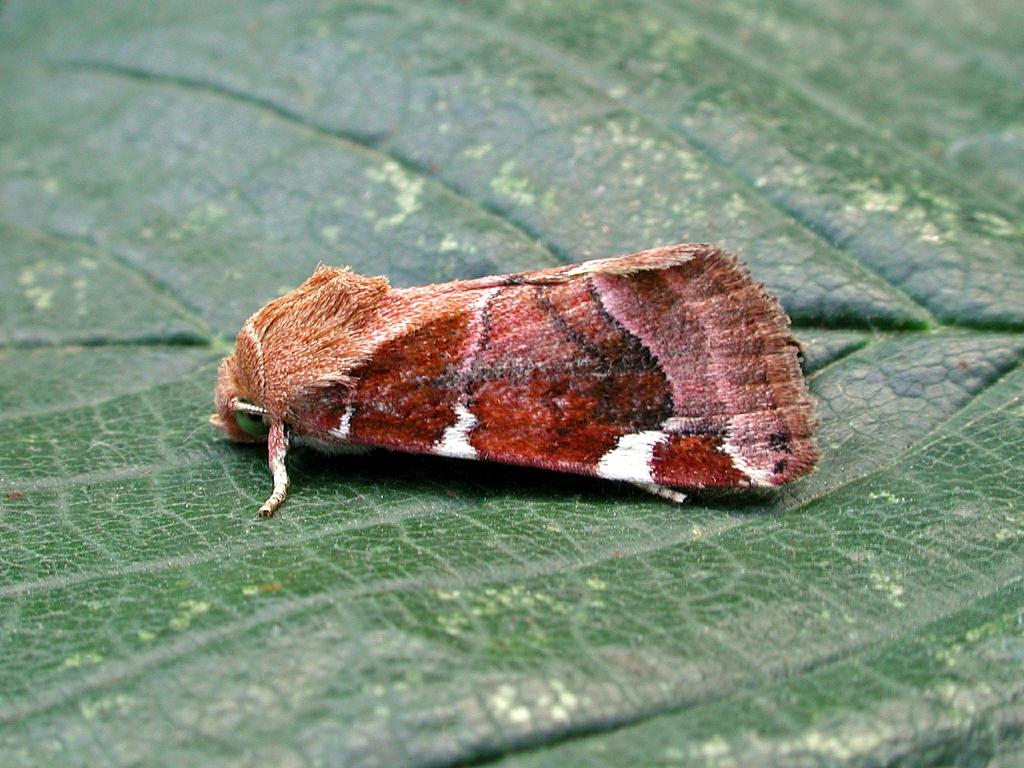
White-spotted Pinion - Stuart Read
White-spotted Pinion
Stuart Read
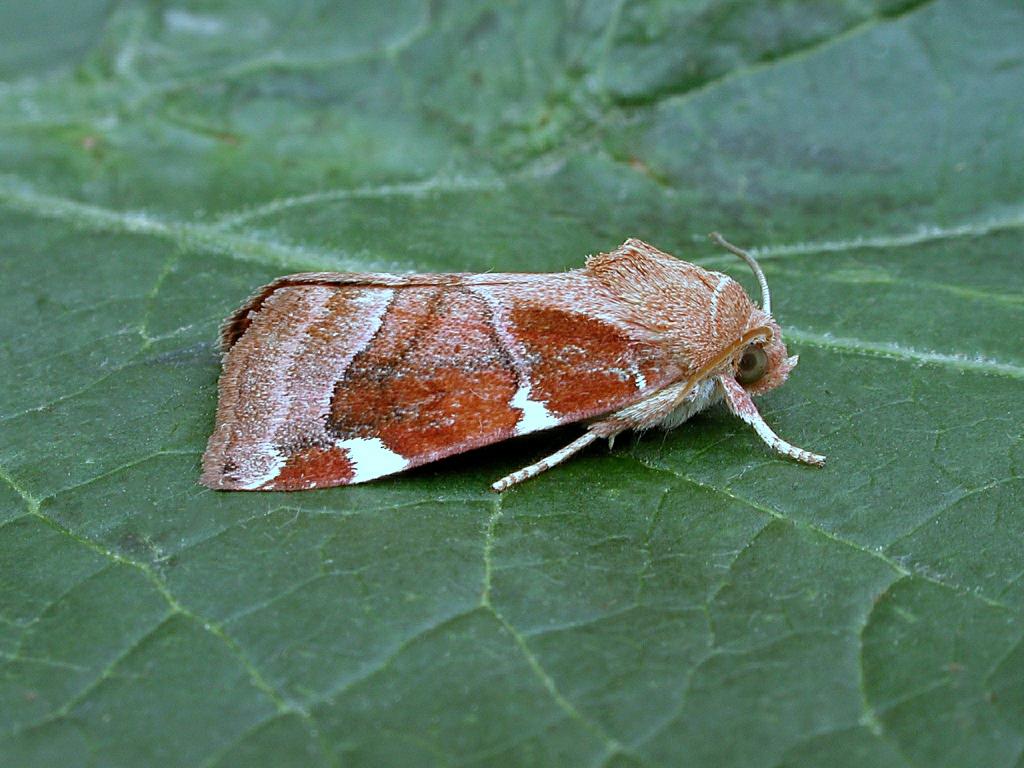
White-spotted Pinion - Stuart Read
White-spotted Pinion
Stuart Read
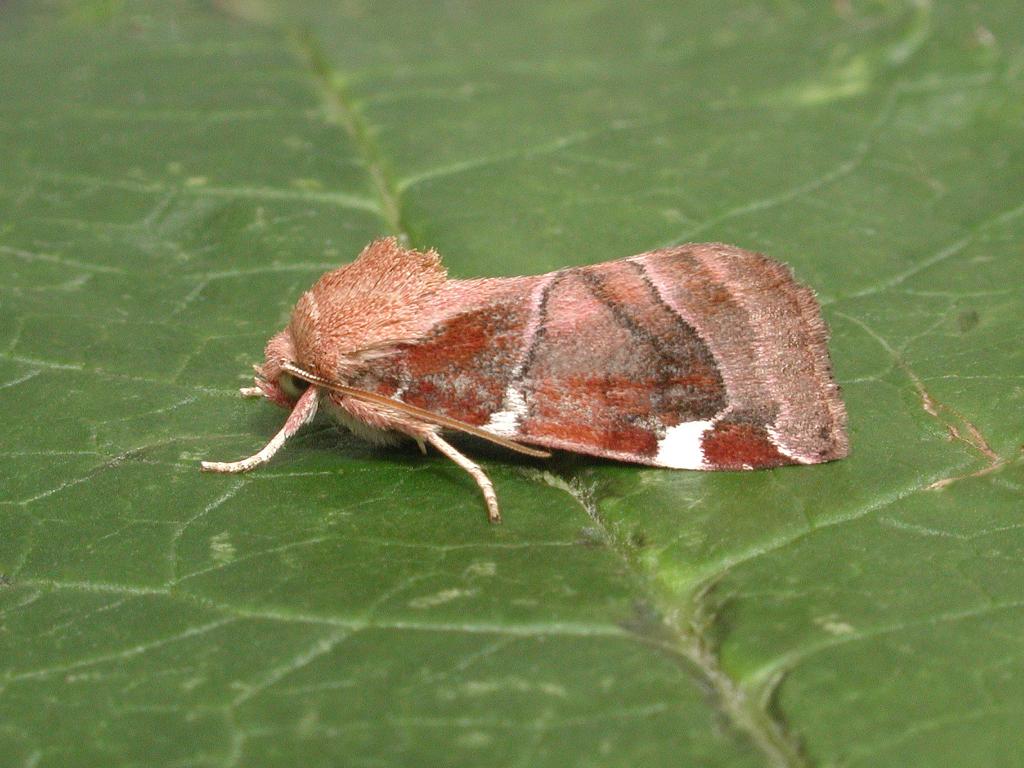
White-spotted Pinion - Stuart Read
White-spotted Pinion
Stuart Read
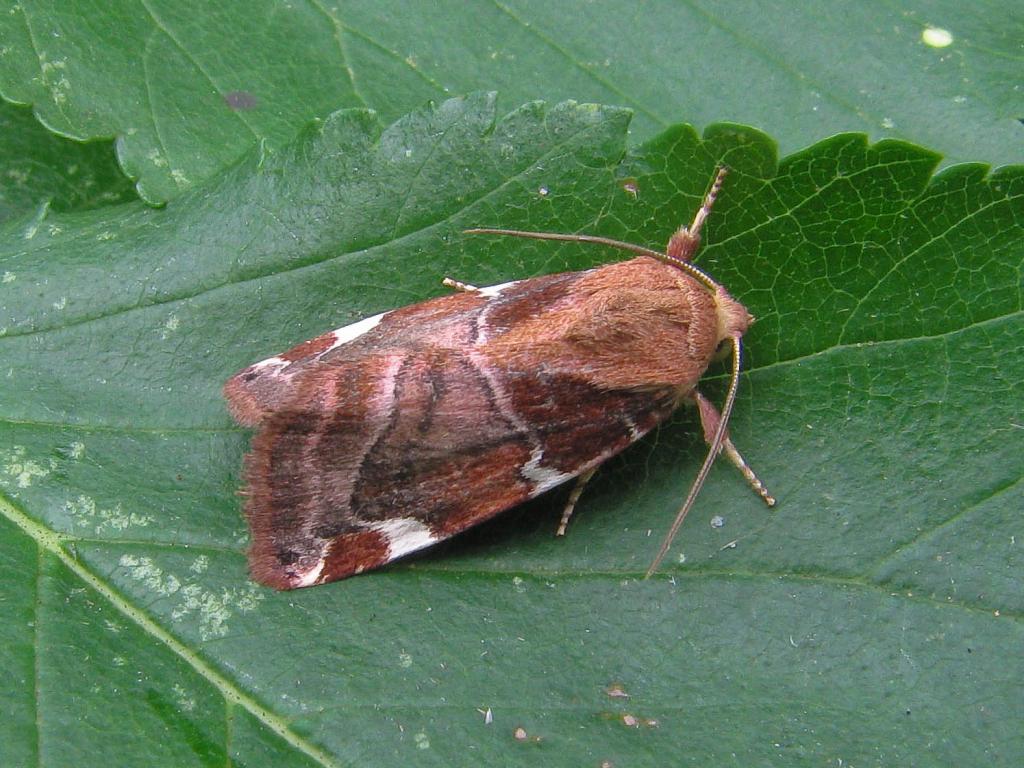
White-spotted Pinion - Allan Drewitt
White-spotted Pinion
Allan Drewitt
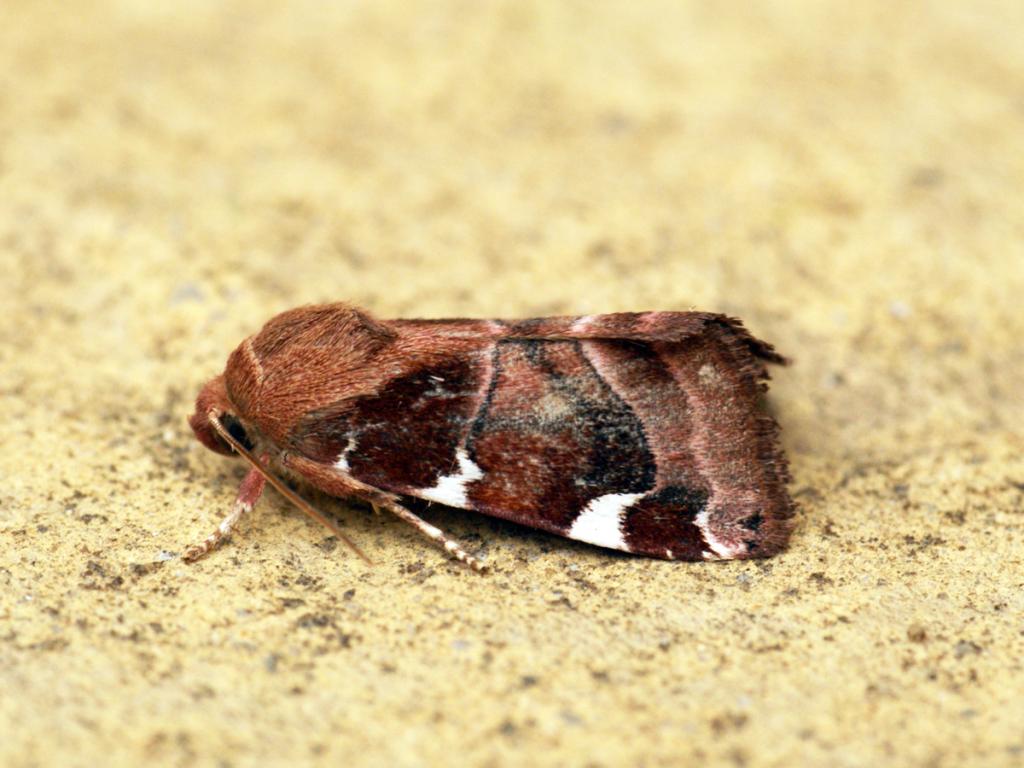
White-spotted Pinion - Ben Sale
White-spotted Pinion
Ben Sale
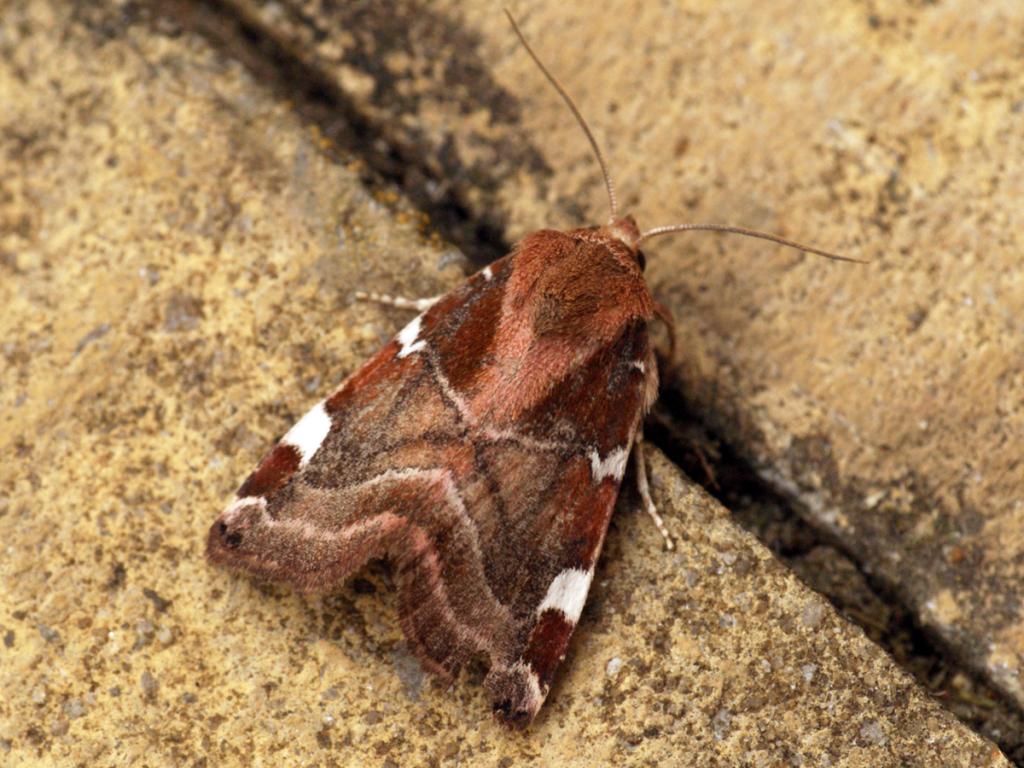
White-spotted Pinion - Ben Sale
White-spotted Pinion
Ben Sale
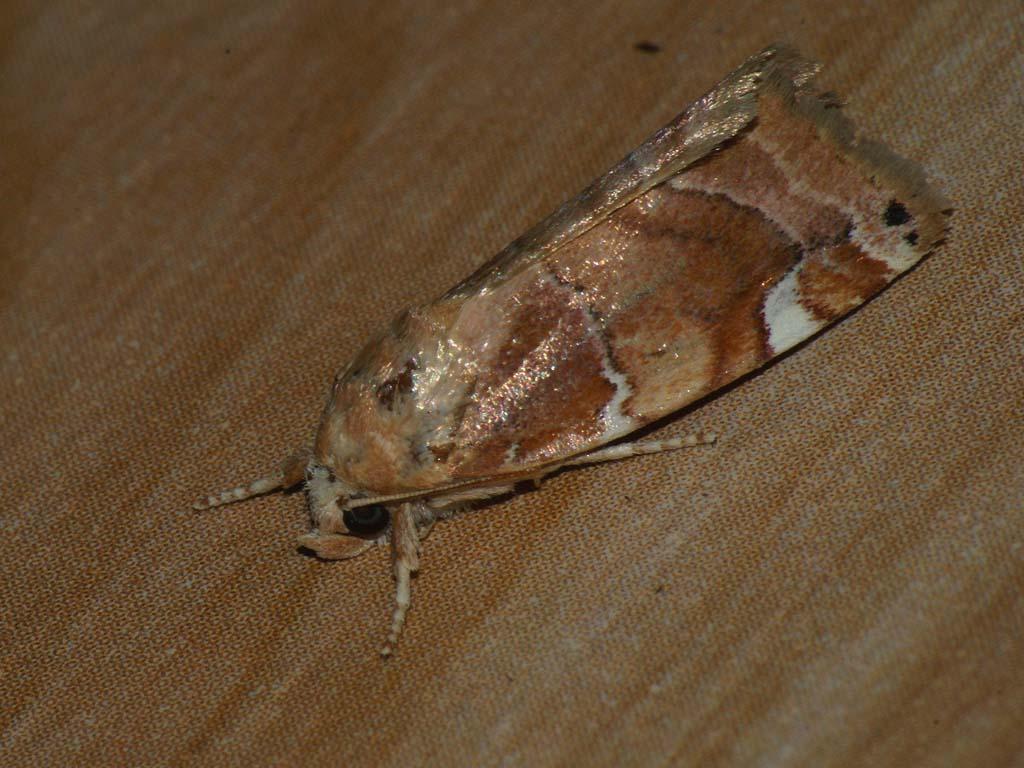
White-spotted Pinion - Ilia Ustyantsev
White-spotted Pinion
Ilia Ustyantsev

